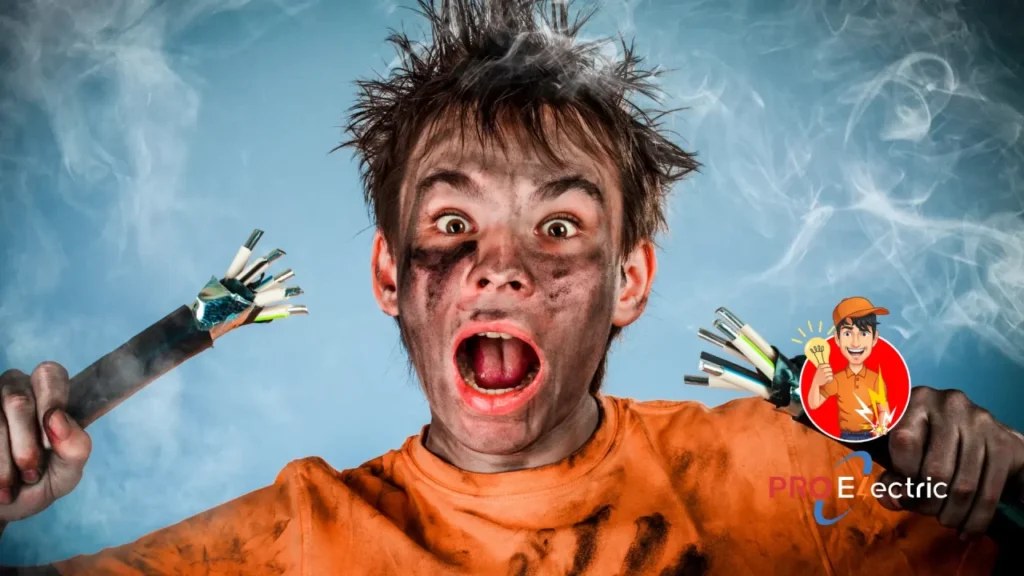Burns are injuries to the skin or underlying tissues caused by exposure to heat, chemicals, electricity, or radiation. They are categorized by severity and source, with preventive measures being fundamental to avoiding harm in home and workplace environments. Let’s look at key burn hazards and prevention strategies.
Burn Hazards in the Home
Residential environments often present several sources of burn risks. Understanding and addressing these hazards can reduce the likelihood of accidents.
- Smoking and Trash
When not properly extinguished, cigarettes and ash can ignite surrounding materials. Discarded cigarettes should be fully extinguished and disposed of in a dedicated metal container. Using ash-resistant materials and regularly emptying trash bins can further prevent ignition.
- Electrical Appliances
Faulty wiring or improper use of electrical devices significantly contributes to home burn risks. Conduct regular electrical checks on appliances to identify frayed cords or overheating. Use surge protectors to prevent electrical surges and make sure appliances are turned off when not in use.
- Storage and Heating Equipment
Many homes store flammable liquids or place heating equipment too close to combustible materials. Store flammable substances in properly sealed containers and away from heat sources. Also, keep heaters and other heating devices at least three feet away from curtains, furniture, or clothing.
Burn Hazards in the Workplace
Due to a broader range of burn hazards, workplace safety often requires extra precautions. Awareness and proper training can mitigate these risks effectively.
- Thermal Burns
High-temperature equipment, open flames, and hot surfaces can cause immediate burns on contact. Employees working with such sources should wear appropriate personal protective equipment (PPE), such as heat-resistant gloves and clothing. Work areas should be clearly marked and equipped with fire containment systems.
- Chemical Burns
Exposure to corrosive chemicals can damage skin and tissue. Training on the safe handling and storage of hazardous substances is key. When handling chemicals, put on eye protection, gloves, and aprons, and have material safety data sheets (MSDS) readily available in case of exposure.
- Electrical Burns
Improperly grounded machinery, damaged wiring, and routine contact with electrical systems increase the likelihood of burns. Regular maintenance, lockout-tagout procedures during repairs, and workplace safety protocols can reduce these risks. Always make sure employees are trained to identify and avoid electrical hazards.
Burn Prevention for the Home and Workplace
At home, burn prevention begins with carefully handling hot liquids, appliances, and cooking equipment. Avoid leaving handles of pots and pans protruding over the edge of the stove, as this minimizes the risk of accidental spills. Place a barrier around fireplaces and make sure that ironing and curling appliances are unplugged after use to prevent heat-related injuries. Also, chemicals such as cleaning agents should be stored in their original containers and kept out of children’s reach, as they can cause severe chemical burns if mishandled.
Following proper safety protocols in the workplace is key to minimizing burn risks. Employees should wear appropriate personal protective equipment (PPE) when working with hot materials or chemicals. Clear labeling and securely storing flammable substances can further reduce the chance of accidental burns. Regular equipment maintenance, such as industrial machinery or pipelines, guarantees that components do not overheat and pose a safety risk. Proper training programs can help employees understand safety best practices and respond effectively to potential burn hazards.
Discover More Treatment Options for Burns
Burns, whether in the home or workplace, can often be prevented with awareness and the implementation of safety protocols. By identifying hazards, equipping yourself with preventive tools, and understanding first aid measures, you can contribute to a safer environment. For detailed information on advanced burn treatments and preventive care, consult with your trusted healthcare provider.

